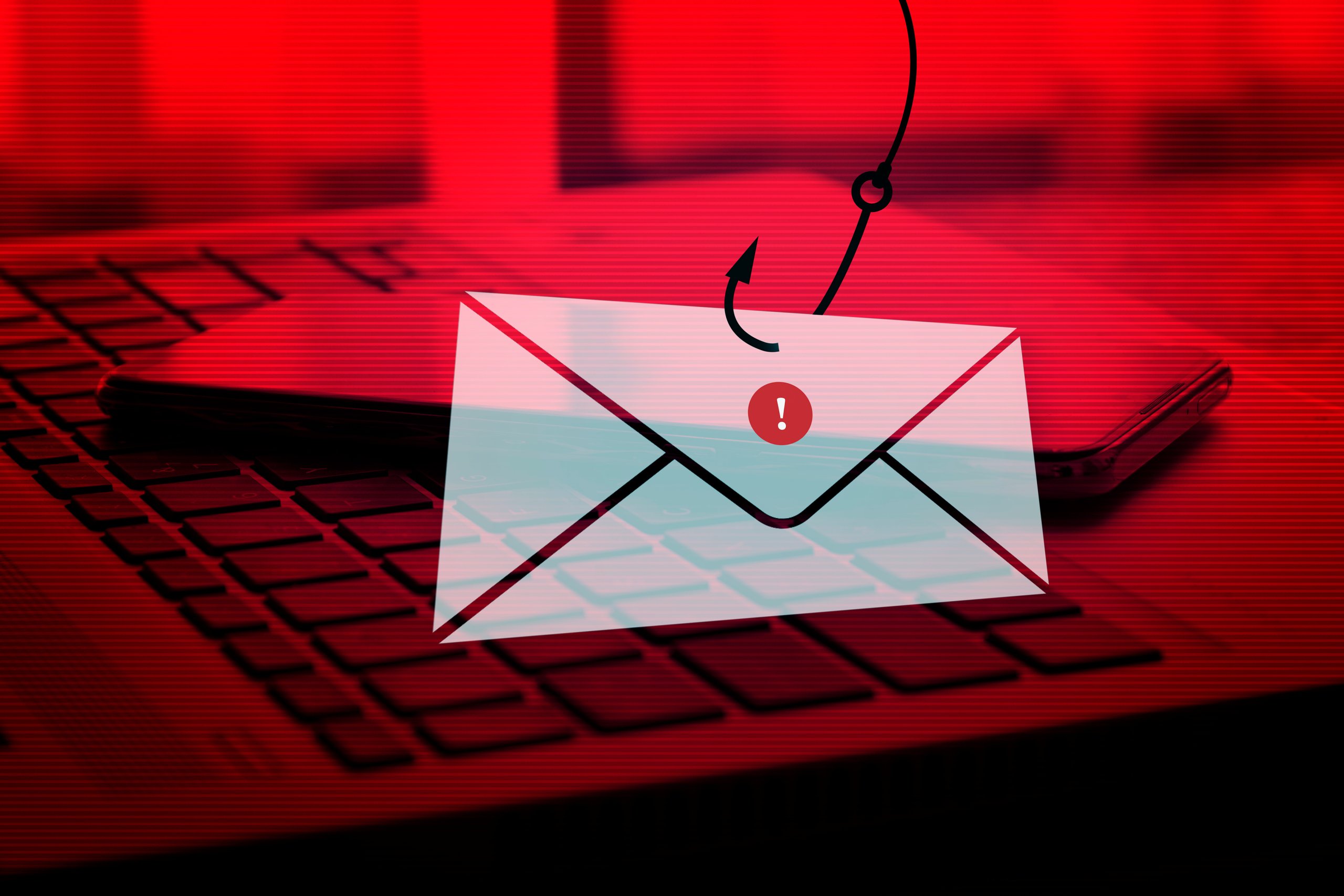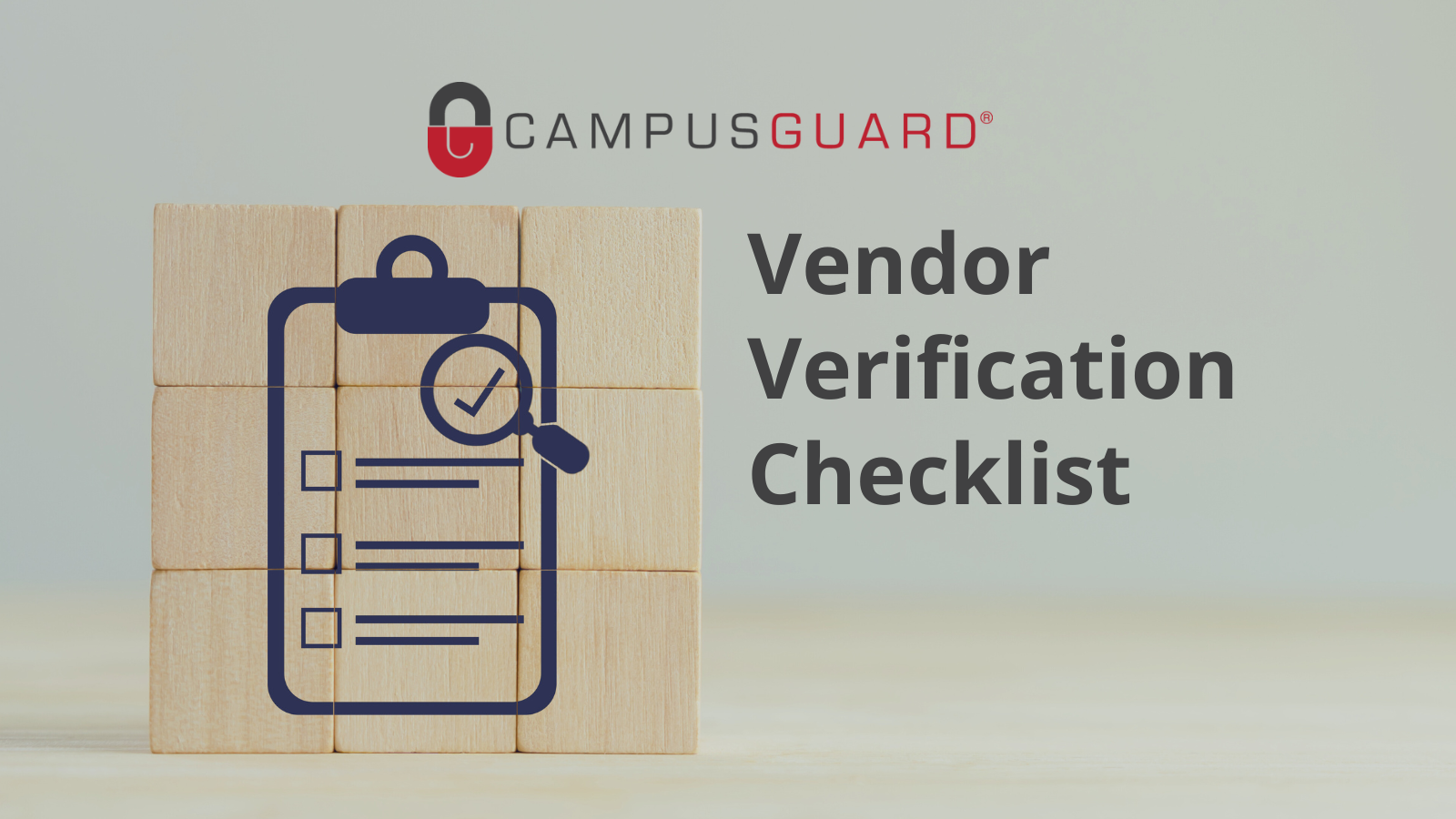
Phishing scams have rapidly evolved from detectible cons to sophisticated attacks that can easily deceive individuals and organizations. Poorly written phishing emails from fake princes are a thing of the past. Today’s phishing attacks are targeted, sophisticated, and alarmingly credible.
Learning from real-life examples can help you understand how easily these scams can dodge defenses and identify potential warning signs to look for.
We’re exploring real-life examples of phishing incidents to highlight the tactics used by attackers and the importance of staying vigilant.
Phishing Scam #1: The Payroll Redirect
The scam: An employee in Human Resources received an email that appeared to be from a fellow staff member requesting to update their direct deposit information. HR processed the request and changed the account information.
What went wrong: The email looked convincing and included the employee’s name and department. The Human Resources team didn’t verify the request through a known contact method and processed the change. Multiple paychecks were rerouted to the attacker’s account before it was caught.
The red flag: A sudden, unusual request and no verbal confirmation.
Prevention steps: An organizational policy requiring in-person or verbal confirmation for changes to payroll or sensitive data would have prevented this scam from being successful.
Phishing Scam #2: The Fake Vendor Invoice
The scam: An accounts payable employee received a fake invoice from a “vendor” they regularly work with. The email included a spoofed domain (e.g., vend0r.com instead of vendor.com) and claimed payment was late. A link was provided to make an immediate payment to avoid late fees.
What went wrong: The attacker knew the payment process and mimicked the vendor’s language and formatting. Many organizations share and promote their partners and vendors online so criminals can easily harvest that data and use it to customize requests.
The red flag: A subtle typo in the email address and the pressure to act quickly due to a late payment.
Prevention steps: Utilize a vendor verification checklist and verify domains before sending payment.
Phishing Scam # 3: The CEO Gift Card Request
The scam: A new employee received a text message that appeared to be from the CEO asking them to urgently buy gift cards for a “client meeting.”
What went wrong: The employee was eager to be helpful and didn’t question the abnormal request. Attackers will often troll social media platforms like LinkedIn to target new team members who may be unfamiliar with standard processes and requests.
The red flag: An informal tone and unusual request, and a phone number new to the CEO.
Prevention steps: Fostering a culture of skepticism and providing security awareness and phishing training to recognize and report suspicious requests could have helped prevent this scam.
Lessons Learned
These case studies illustrate that modern phishing attacks often exploit existing workflows and relationships. Attackers are doing their due diligence, researching organizational structures and staff, and are adept at:
- Mimicking legitimate processes
- Exploiting trust, urgency, and routine
- Timing their attacks during busy seasons or transitions
Staying Vigilant
To protect against phishing scams, individuals and organizations should:
- Always confirm sensitive or unusual requests using a second method (e.g., phone call, in-person verification, or direct message).
- Check sender addresses closely, and look for extra characters or subtle misspellings.
- Report suspicious messages and emails, even when unsure, to prevent potential breaches.
By learning from real-world scams and staying alert to red flags, you can turn your staff into the strongest line of defense. As you become aware of other common attacks, sharing these incidents with staff can be a great way to remind them of evolving risks, and highlight that an incident can and will happen to your organization one day, but their role in helping prevent costly consequences is critical.
CampusGuard offers comprehensive security awareness and phishing courses to educate your staff on cybersecurity best practices, evolving threats, and more. Request a demo to learn more about our course content.
Contact us to get started!
Download the Vendor Verification Checklist
Prevent payment fraud and invoice scams by verifying vendor details before processing requests. Review our checklist for actionable steps to verify vendors.
Download the Checklist

